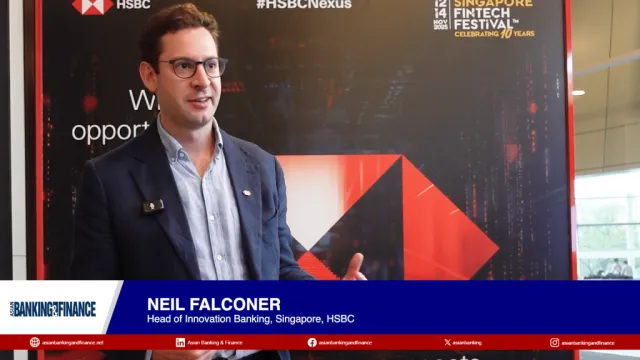
Union Bank’s profit outlook dims on higher costs and riskier loans
It has less buffers for loan losses than lower-rated banking peers, Moody’s Ratings warned.
The future is grim for Union Bank of the Philippines (Union Bank) as credit costs and its share of riskier loans are expected to weigh on profits, reports Moody’s Ratings.
Uncertainties surround Union Bank’s asset quality and profitability metrics, following their deterioration in 2023, the ratings agency said in its latest report on the bank.
Although Moody’s reaffirmed its Baa2 ratings, it also warned that Union Bank’s coverage and capital levels are lower than domestic and regional peers with a lower rating (Baa3). This meant that Union Bank had lower buffers for loan losses.
The only reason Union Bank got a rating one notch higher is because Moody’s expects the bank to receive support from the local government in times of need.
“Moody's expects operating expenses and credit costs to remain high, driven by UBP's new businesses and higher share of riskier retail loans,” Moody’s Ratings warned.
On a more positive note, Moody’s expects “modest” improvement in the bank’s capital levels once it completes its capital raise from stock rights of up to PHP10b in the first half of 2024. This will reportedly mitigate some of the heightened risks to Union Bank’s asset quality.
Loan quality issues
Union Bank’s non-performing loan (NPL) ratio jumped to 6.5% in 2023 from just 4.6% previously, driven by NPL exposures in its commercial segment and weakness to its digital banking arm. The latter focuses on unsecured consumer lending to riskier under-banked segments.
Moody's expects the bad loans ratio to remain elevated at around 5% to 6% over the next 12-18 months.
This is due to the “uncertain recovery of select commercial NPL accounts, its larger share of higher-risk retail loans and the weaknesses in loan collectability among Philippine digital banks.”
Union Bank’s capital ratio, meanwhile, is expected to stand at 13% at end-2023. Although the bank is targeting a higher capital ratio in 2024, the execution of this plan is subject to uncertainty around its profitability and asset growth.
Profitability dips but will improve
Profitability, measured by return on assets, declined to 0.8% in 2023 from 1.3% in 2022 as a result of higher provisioning and operating costs. Citi’s system integration costs and large commercial NPLs were to blame for the higher costs, Moody’s said.
“Nevertheless, its core profitability improved significantly, supported by net interest margin (NIM) expansion,” Moody’s Ratings wrote, adding that the bank's profitability will improve from its current low level.
“The extent of the improvement will depend on the bank's ability to control credit risks within its loan portfolio as well as its funding and operating costs,” it added.
Deposit growth was also muted in 2023, which drove Union Bank to raise reliance on market funds, Moody’s said. Market funds accounted for 19% of its total assets as of end-2023, the highest amongst Philippine banks rated by Moody’s.
The bank's liquidity position remains strong at 45% of its total assets as of the end of 2023. However, Moody’s expects this to decline marginally as the bank accelerates its loan growth in 2024.


















 Advertise
Advertise










